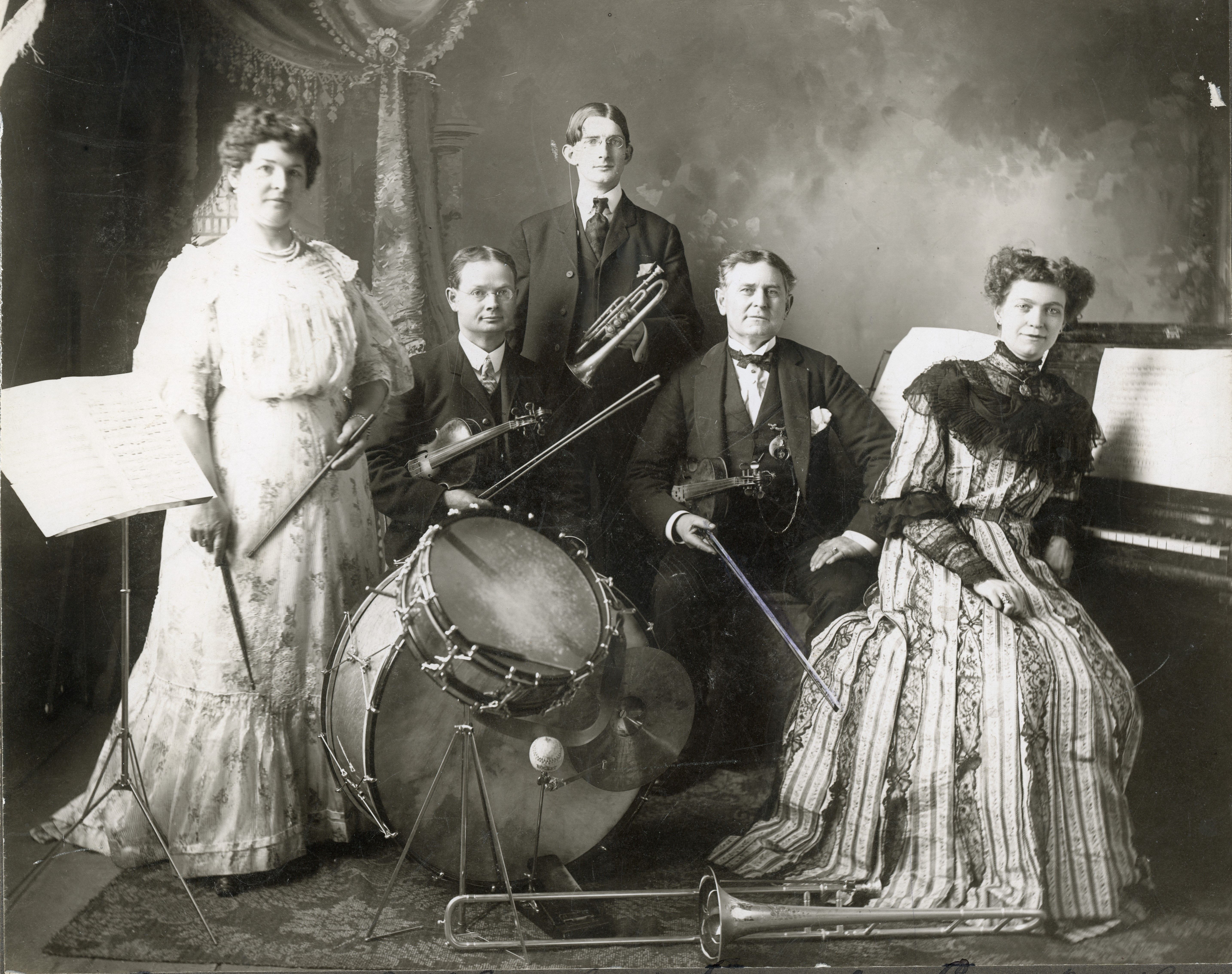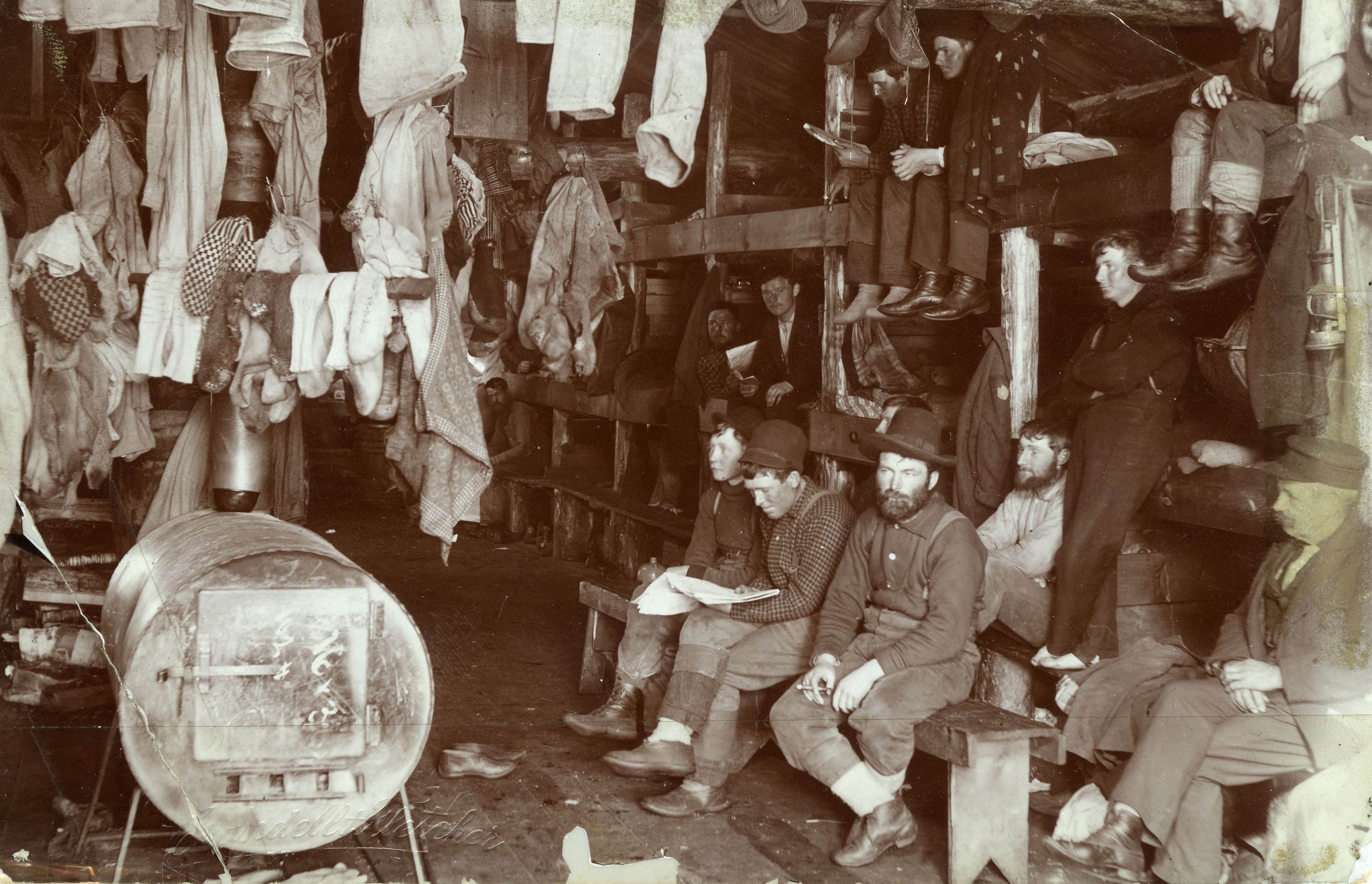Saint Paul, Minn. – The Eoin McKiernan Library at Minnesota’s Celtic Junction Arts Center finds strength in a local focus. As Library Director, I believe uniquely Minnesotan stories help us connect to our community while also giving us a distinctive voice in the worldwide conversation of Irish culture, arts and history. Since our founding in 2017, that belief has motivated a series of local history projects. Through exhibits, digital collections, talks and articles we have explored topics including: the 1970s music and dance revival, a musical family from an Irish-Minnesotan farm community, a post-World War II Irish social club and Depression era Irish performers at St. Paul’s Festival of Nations.
Each year, we select a new history project during the winter months (a great season in Minnesota for indoor research!) and I prepare a talk for CJAC’s annual Irish Arts Week event in April. We follow with an on-site, audio-visual exhibit at Irish Fair of Minnesota in August that then moves to our exhibit hall outside the McKiernan Library reading room. Finally, I write an article for the Samhain issue of our online Celtic Junction Arts Review.
This year, we have told the story of Irish music and dance that came to Minnesota with itinerant laboring men in the late 1800s. In the logging boom years, Irish songs, tunes and steps entertained in bunkhouses, barrooms and riverbanks in the woods and small towns of outstate Minnesota. Direct imports from Ireland mixed with New World compositions, often based on Irish forms, to define a “woods music” culture that was later documented by folklorists throughout the white pine belt of North America.
This topic is personal to me. I grew up in Bemidji, a historic logging town in northern Minnesota, and fell in love with Irish music as a teenager thanks to the Winnipeg Folk Festival and the Green Linnet catalog. Naturally, links between Irish music and the north woods have long fascinated me. This led to years of enjoyable and fruitful research that predated my time at the McKiernan Library. In my blog, as a speaker and with my duo The Lost Forty (with Randy Gosa) I have spoken about this history and sang songs at over 100 venues in the Upper Midwest.
The author sings here “Kettle River," a lumber camp song from Minnesota.
I combined my years of research with new findings for the McKiernan Library’s 2024 history piece in the CJAC Arts Review which Irish Echo readers can access online. It is titled “Into the Woods: Irish Music and Dance in Logging Era Minnesota.”
The story begins with a pre-Famine wave of Irish immigration to Canadian ports. Of the over 750,000 Irish that sailed for the New World between 1828 and 1844, New Brunswick and Quebec welcomed about 55% of all arrivals. Many Irish immigrants arriving in Canada continued on to urban centers in the United States but plenty remained closer to their port of entry (on both sides of the border) and fell into more rural patterns of life. Men took outdoor seasonal laboring jobs digging canals, building railroads or working in the lumber woods.
In lumber camp bunkhouses, music from the old country helped pass the time and ease loneliness on some evenings. Men sang or played the camp fiddle on the “deacon seat” that circled the stove at the base of the bunks. Soon, a distinct musical tradition evolved among laboring men in the pine woods. Sons born into north woods communities took their first job in a lumber camp at age 14 or 15 and this new generation carried lifeways and songs westward across Michigan, Wisconsin and into Minnesota.
This year’s article includes vivid stories from the lives of several second-generation loggers who came to Minnesota as well as first-hand accounts of Irish music in the Minnesota woods. I have been writing and speaking about some of these people for years but in preparation for this year’s project, some fascinating new characters came to life.
Thomas Welsh was born to Irish immigrant parents in the Upper Peninsula of Michigan in 1870. He followed logging work to northern Minnesota in 1891 and settled eventually in Walker just south of where I grew up. Welsh’s daughter Mary, an accomplished journalist, became Mary Hemingway in 1946 as the fourth and final wife of famed novelist Ernest Hemingway. Thanks to this association, Thomas Welsh’s memoir went to the JFK Library along with the Earnest and Mary Hemingway papers.
Welsh describes his early days in Minnesota where he marveled at the Irish songs and stories he heard. He remembered singers who went from camp to camp selling “hospital tickets,” an early form of workingman’s health insurance. North of Deer River, Minnesota, Welsh met Charley Melaney and Big Jack Morgan who “had fine voices and had a long list of songs and Irish ballads.” He wrote at length about another hospital ticket salesman named Jerry McCarthy:
He seemed to have in his mind all of the “Ancient Celtic Romances,” some very beautiful and thrilling, others uncanny, the most weird and ghostly stories and songs of witchcraft that were ever written. Some were spoken in his deep rich Irish brogue and you could almost see the Irish horsemen and their horses ride up from the bogs and fields, where they were slaughtered by the enemy and with long swords and voices that thundered they pursued and killed the last man of them. Many of the legends were partly spoken and partly sung, a custom that prevails in Ireland up to this day when old Irish women attend the wake of a friend.
This account from Welsh shows the breadth of Irish cultural expression present in some of these isolated logging camps beyond just songs and tunes.
The “Into the Woods” article also covers how singing traditions moved naturally from lumber camp bunkhouses to barrooms as communities like my own hometown sprung up around the state. It explores the influence of Irish music hall hits on the north woods repertoire including a profile of a touring vaudeville group called McGinley’s Comedy Company that helped spread around the latest stage songs penned by Irish-American songsmiths like Edward Harrigan and Pat Rooney.

McGinley’s Comedy Company, c. 1906: Eva McGinley, John Shafer, Claude Woods, Robert McGinley, Miss Lizette Hoskins. (Nevada Historical Society)
Like other McKiernan Library history articles, “Into the Woods” includes striking historical photos and sound clips of songs. I encourage anyone interested in Irish-American history to have a look at this and other historical projects the McKiernan Library has pulled together over the past several years.









